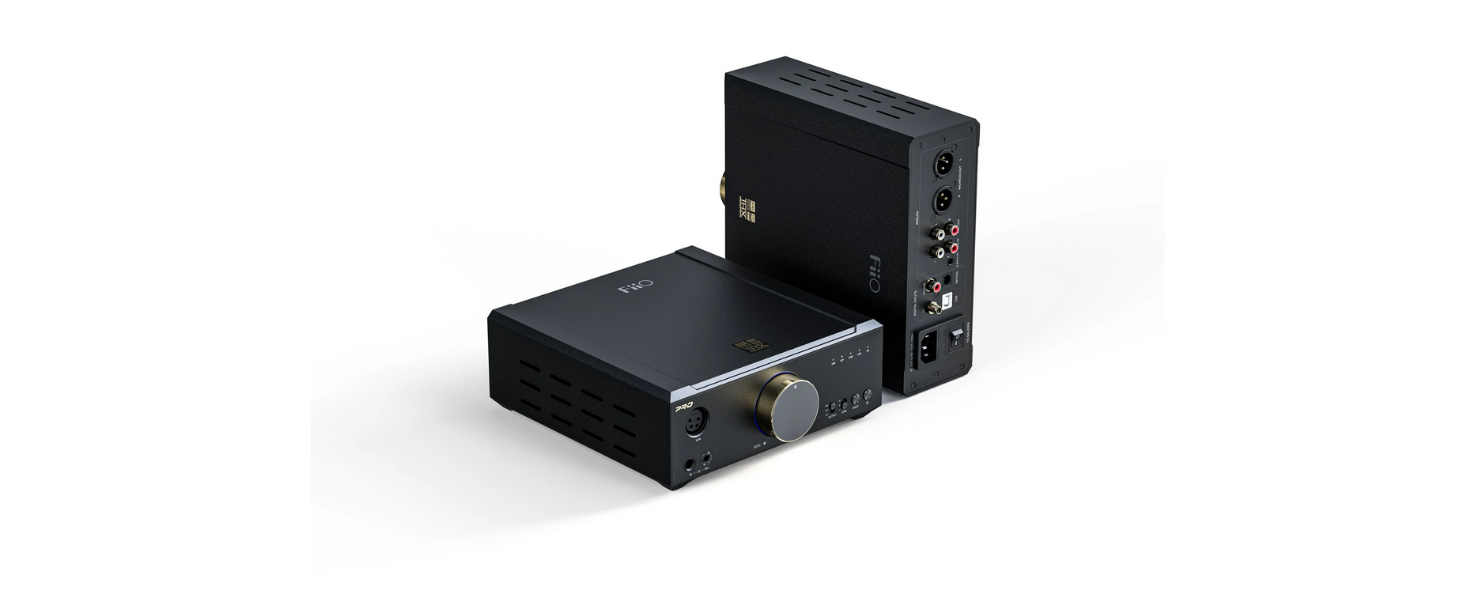
FiiO K9 Pro ESS vs K9 Pro (AKM) DAC/Amp
If you're shopping for the FiiO K9 Pro, you probably noticed that FiiO recently swapped out the DAC chip from an AKM AK4499EQ to dual ESS ES9038 PROs. What does that mean and how does it affect the device's performance?
What do AKM and ESS stand for?
AKM, or Asahi Kasei Microdevices, and ESS are semiconductor manufacturers. AKM is based in Tokyo, Japan, and ESS is based in San Jose, California. Best known in the audio community for their digital-to-analog converters (DACs), the companies are considered the best in the business.
What is a DAC?
A DAC, or digital-to-analog converter, is a device that converts the digital code of a song to an electrical signal that can be amplified and played from your headphones or speakers.
DAC vs DAC chip?
When people say "DAC chip" they're referring to the semiconductor chip that carries out the digital-to-analog conversion.
When people say "DAC", on the other hand, they're usually referring to a device, like the K9 Pro, that houses the DAC chip and provides other features like power, inputs, a user display, and more.
The DAC chip is the engine, while the DAC is the entire car, including the engine.
Why did FiiO switch from AKM to ESS?
In 2020, AKM suffered a major fire at their Japanese factory, which brought their entire operation to a halt. In the aftermath, many audio companies, like FiiO, were forced to source DAC chips from other manufacturers.
What are the differences between the K9 Pro (AKM) and the K9 Pro ESS?
We've collected every difference between the models and highlighted the winner of each category in Apos red.
|
Category |
FiiO K9 Pro (AKM) |
FiiO K9 Pro ESS |
|
Weight |
About 2750g |
About 2700g |
|
Digital filters |
6 kinds |
7 kinds |
|
DAC chip |
AKM AK4499EQ x1 |
ESS ESS9038 PRO x2* |
|
Output power (PO) |
2000mW (32Ω), 278mW (300Ω) |
2100mW (32Ω), 281mW (300Ω); Balanced: 2100mW (32Ω), 1100mW (300Ω) |
|
Output power (BAL) |
2000mW (32Ω), 1100mW (300Ω) |
2100mW (32Ω), 1100mW (300Ω) |
|
Peak output voltage |
51Vpp |
52Vpp |
|
THD+N |
<0.0003% |
<0.00025% |
|
SNR |
>123dB |
>129dB |
*We're declaring the K9 Pro ESS the winner of this category because it uses dual chips rather than a single chip.
Takeaways
What we can take away from this comparison chart is that the ESS version of the K9 Pro is lighter, louder, more powerful, and less noisy--all definite upgrades. In many cases, however, the differences aren't going to be very noticeable. A 0.00005% difference in THD+N won't be detectable to anyone but a machine, for example.
But at the end of the day, you can rest assured that the ESS version of the K9 Pro is in every way similar to or better than the original AKM version.


